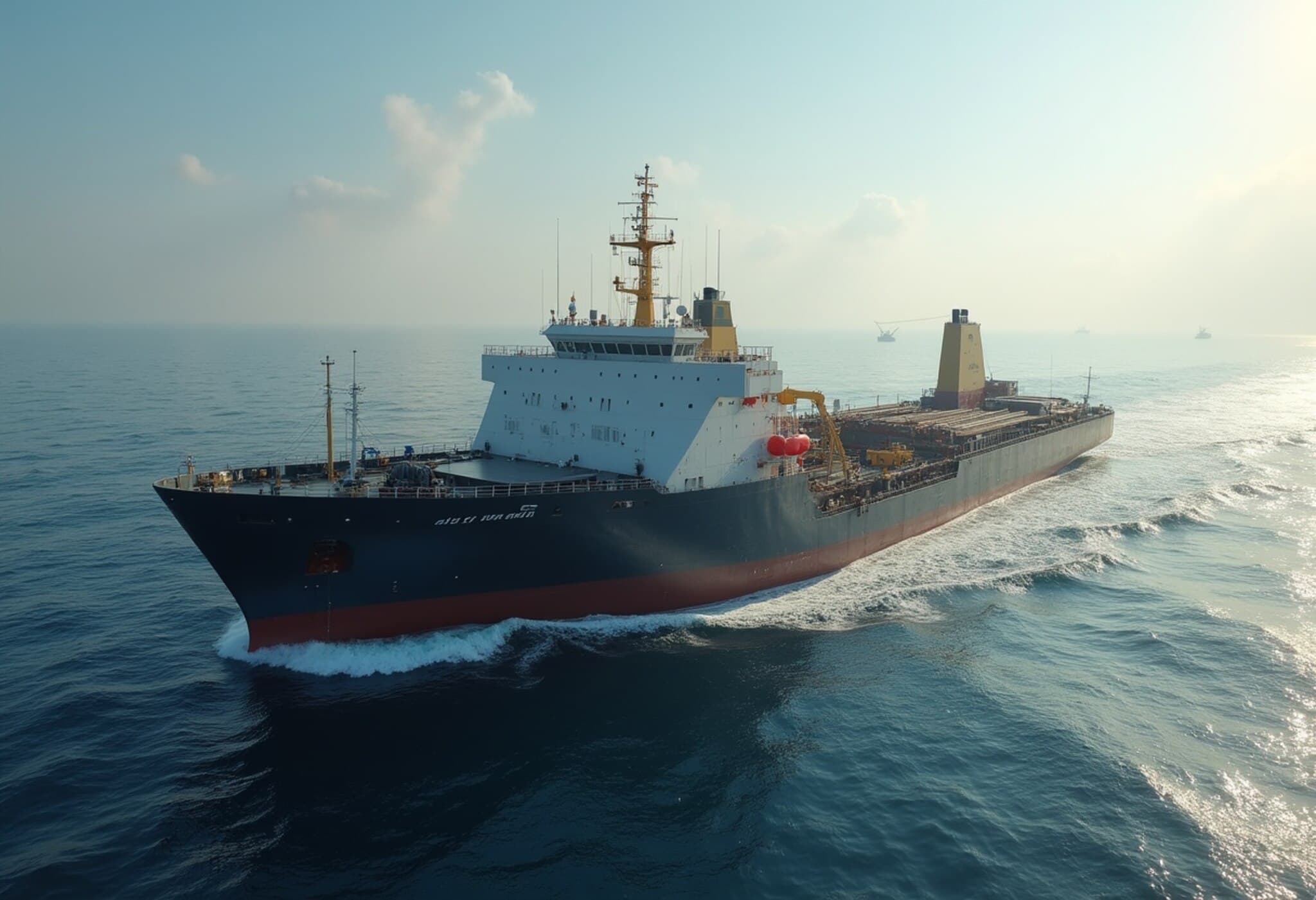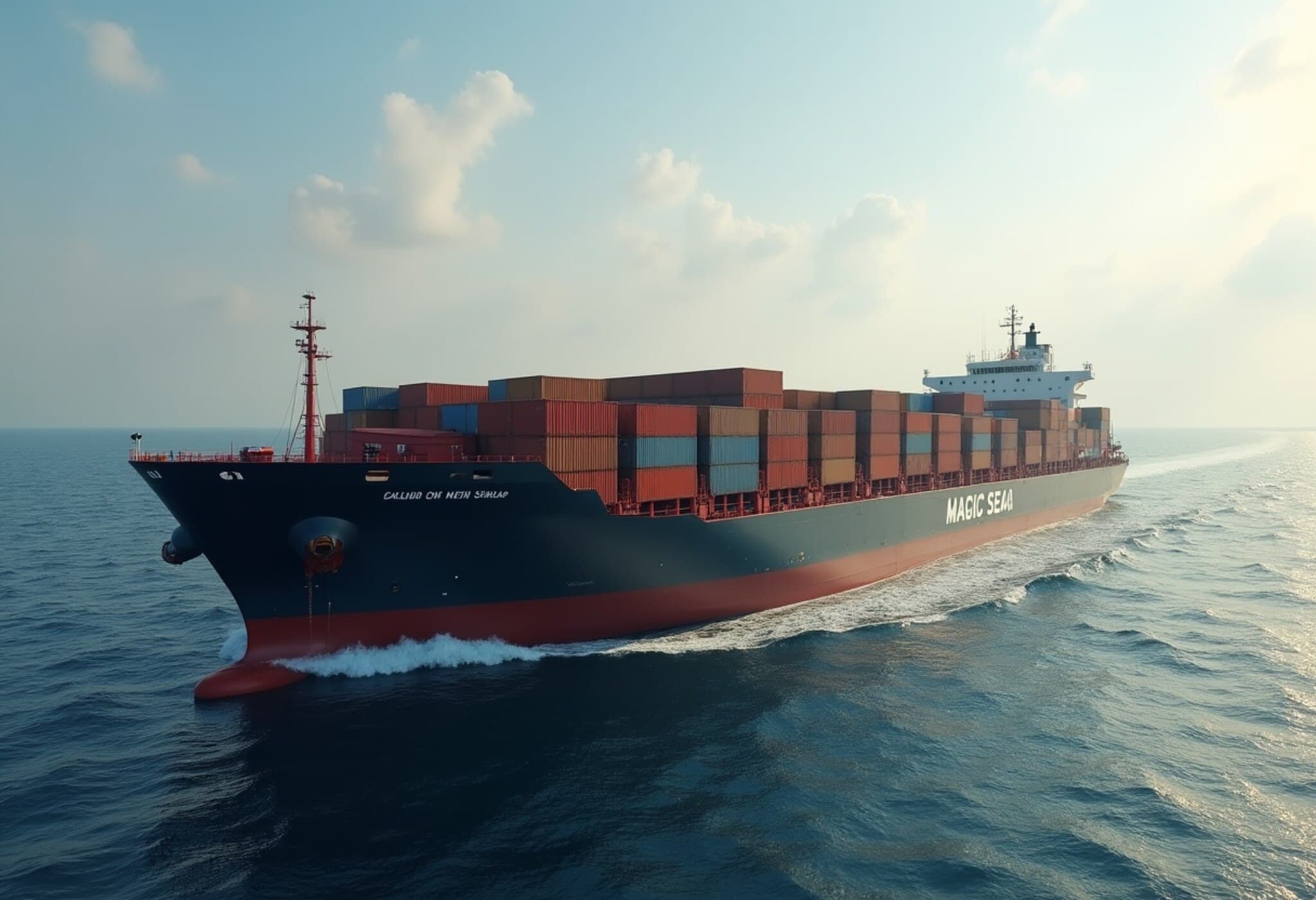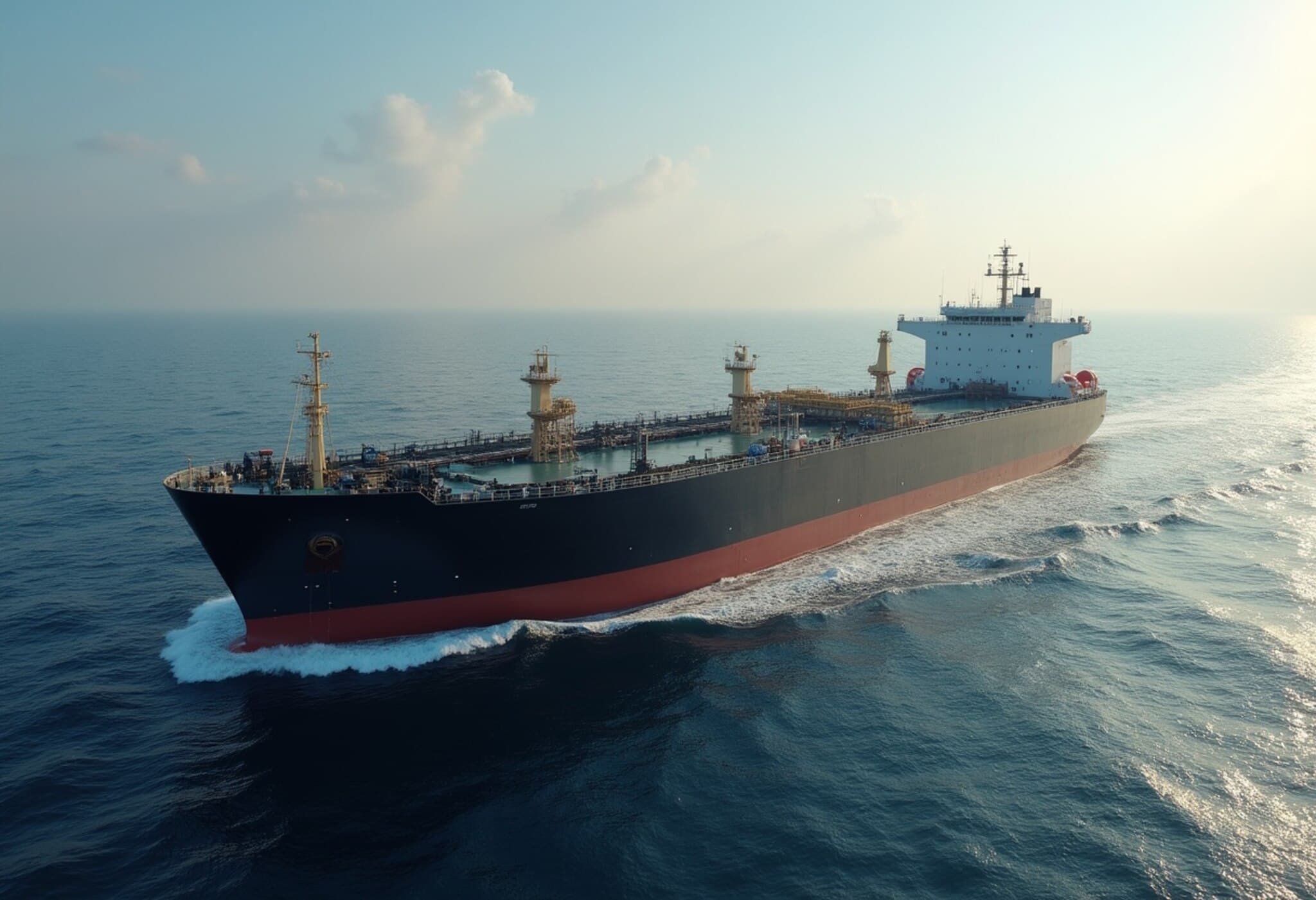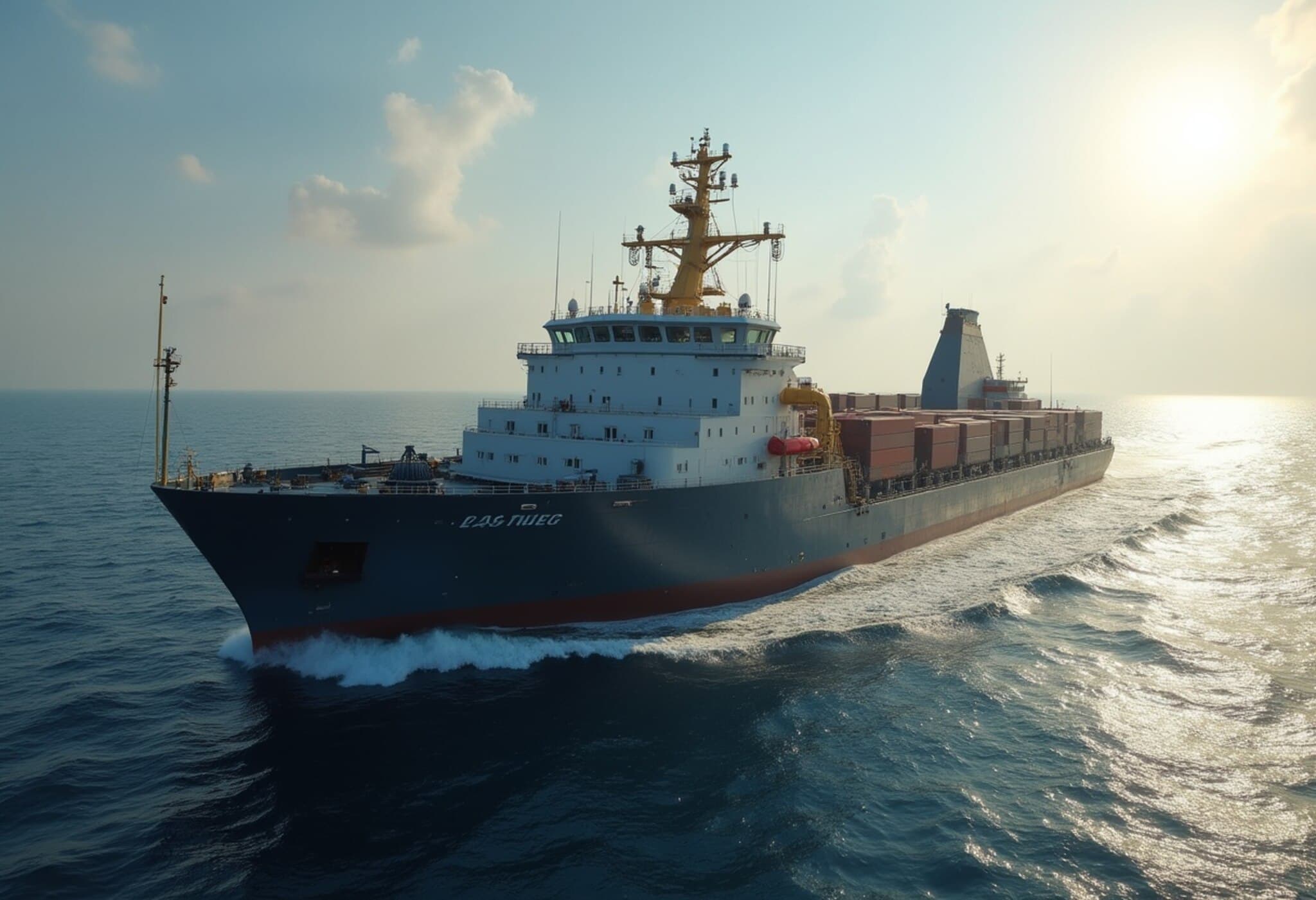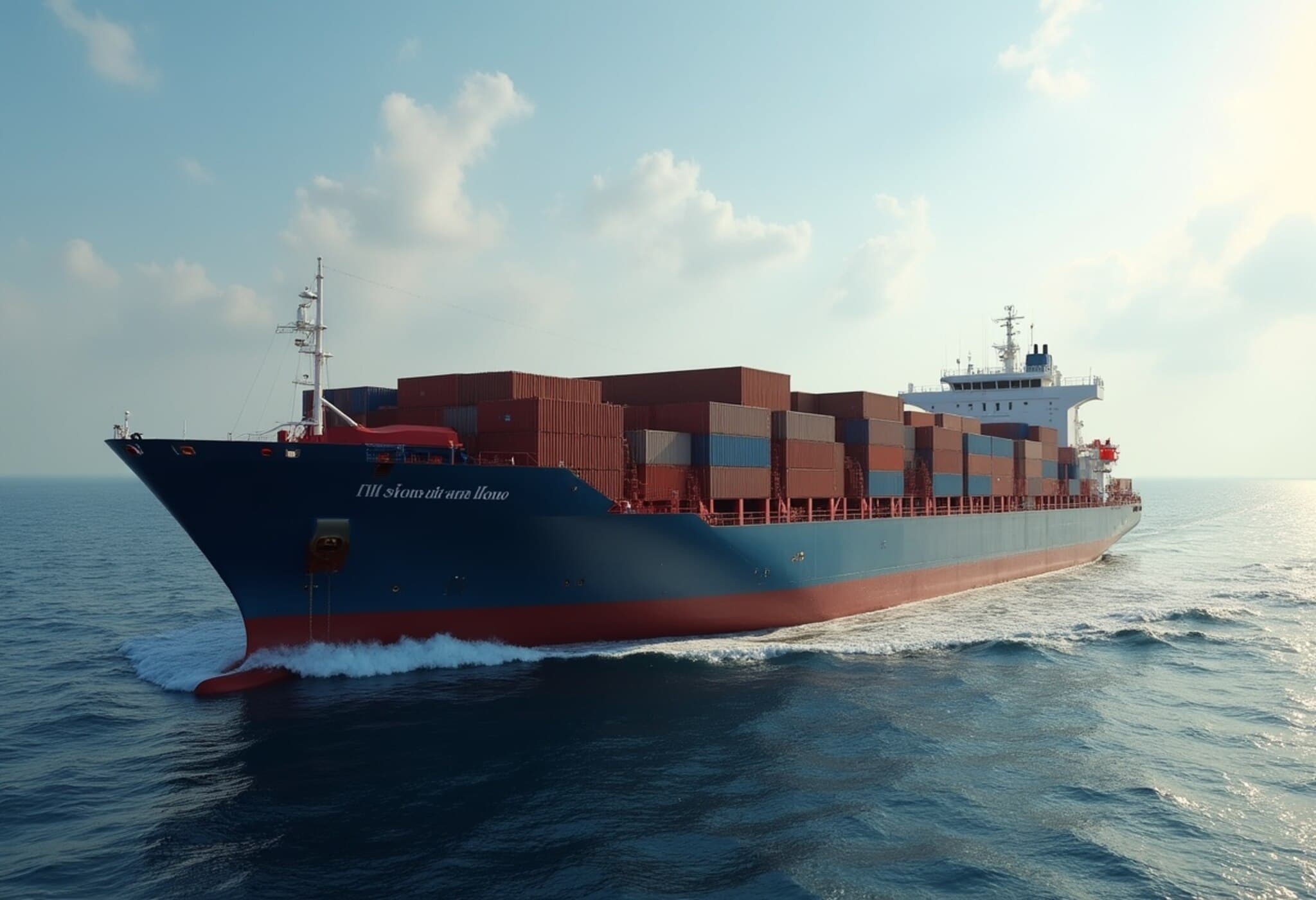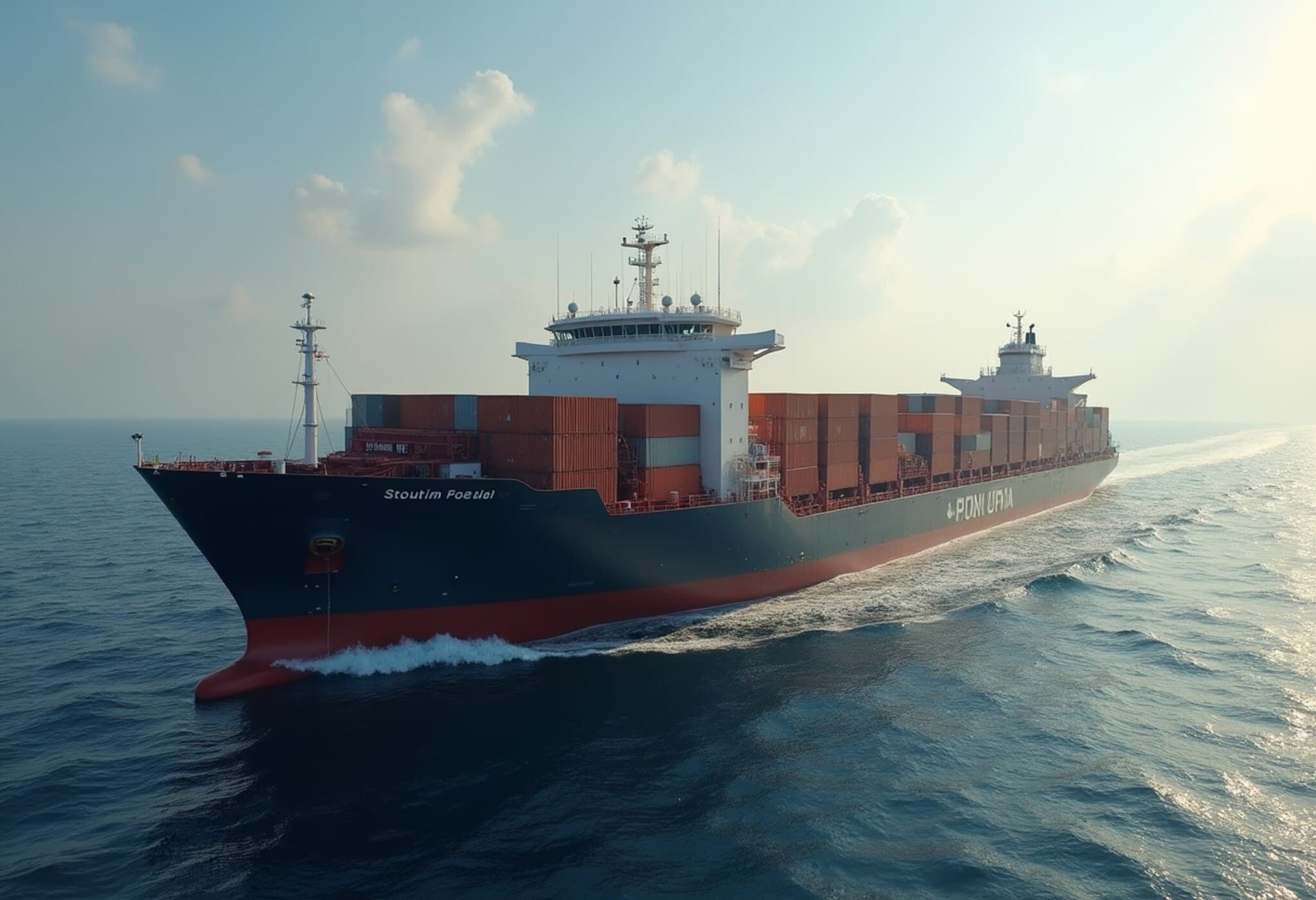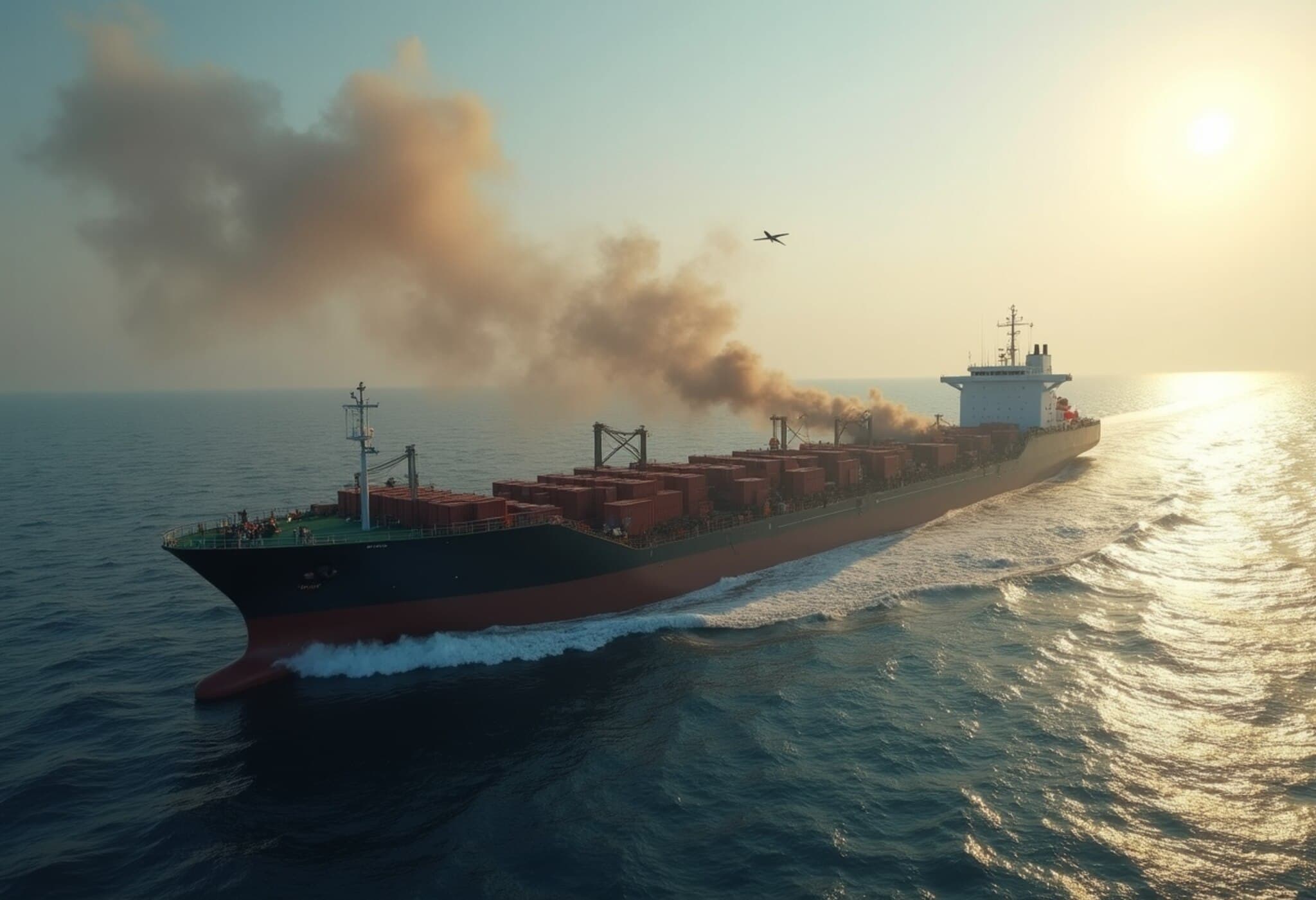Armed Assault in the Red Sea Adds Strain to an Already Volatile Region
On July 6, 2025, a commercial ship navigating the Red Sea off Yemen’s coast came under a serious armed attack, marking a significant escalation in maritime insecurity amid ongoing regional hostilities. The vessel, traveling near the Houthi-controlled port of Hodeida, was targeted by multiple skiffs armed with small arms and rocket-propelled grenades, according to the United Kingdom Maritime Trade Operations (UKMTO), a British Royal Navy center monitoring the security of vital sea lanes.
Details of the Attack and Immediate Response
The intensity of the assault was underscored by reports from UK-based maritime security firm Ambrey that the ship encountered no fewer than eight skiffs, alongside strikes from two unmanned surface vehicles which damaged the cargo. Two additional unmanned attacks were successfully repelled, and despite the violence, the vessel managed to maintain its northbound trajectory through the Red Sea.
The ship was defended by its armed security team, which returned fire amidst an ongoing and fluid situation. Significantly, although no group officially claimed responsibility, the modus operandi aligns closely with patterns attributed to Yemen’s Houthi rebels, a group that has persistently threatened maritime traffic in the area.
Backdrop of Rising Regional Tensions
This assault unfolds against a tumultuous backdrop: the protracted Israel-Hamas conflict, recent U.S. airstrikes targeting Iranian nuclear sites, and a brief flare-up in Iran-Israel hostilities earlier this year. The Red Sea’s strategic waterways, which channel approximately 12% of global trade, have become a flashpoint in this complex geopolitical landscape.
The Houthis, with Iranian backing, launched a concerted anti-shipping campaign starting in November 2023, initially focusing on vessels linked to Israel as part of their solidarity with Hamas. Following retaliatory strikes by U.S. and British forces on Houthi positions in January 2024, the rebels expanded their attacks to ships affiliated with Western nations.
The Maritime Toll and Global Impact
- Over 100 merchant vessels were damaged or sunk between November 2023 and January 2025.
- The attacks resulted in four fatalities among sailors and sparked widespread rerouting of maritime freight, with many companies diverting ships around the Cape of Good Hope to avoid the perilous Red Sea corridor.
The strategic importance of the Red Sea corridor cannot be overstated; it remains one of the world’s busiest maritime routes connecting Europe and Asia. Disruptions here ripple through global supply chains, raising shipping costs and impacting international trade flows.
Recent Military Developments and Ceasefire Attempts
Following an expanded U.S. military offensive in mid-March 2025 targeting the Houthis, the rebels declared a unilateral ceasefire that momentarily subdued their maritime aggression. Nevertheless, sporadic attacks resumed this July, punctuating the fragile calm. The Houthis have simultaneously continued missile strikes against Israel, keeping tensions at a boil.
Meanwhile, Yemen’s civil war remains locked in stalemate between the Iran-backed Houthi faction and the Saudi-led coalition supporting Yemen’s exiled government. Maritime patrols by the Yemeni Coast Guard, loyal to the exiled government, frequently engage the Houthis at sea, further complicating security in the already volatile Red Sea.
Overlooked Security Challenges in the Region
While Somali piracy was historically a significant threat to the region, its prominence has waned in recent years, making the Houthi maritime campaign a dominant source of insecurity. This shift highlights the evolving nature of maritime threats, underscoring the need for adaptable regional and international naval coordination.
Expert Insight: Navigating a Complex Security Landscape
The recent attack illustrates the growing challenges in protecting vital shipping lanes amid intertwined regional conflicts. Maritime security experts emphasize the urgency of reinforcing international naval cooperation and bolstering intelligence sharing to mitigate risks. The attack not only disrupts commerce but also threatens humanitarian aid deliveries essential for Yemen's beleaguered population.
Furthermore, the incident raises critical questions about the efficacy of current sanctions and diplomatic efforts aimed at curbing Houthi capabilities and Iran’s influence in the region. As the Red Sea becomes increasingly militarized, global stakeholders face the dilemma of balancing strategic interests with the imperative to ensure freedom of navigation and regional stability.
Looking Ahead: Strategic Implications and Global Trade
The escalation in maritime assaults in the Red Sea reflects broader geopolitical fault lines with far-reaching implications. The security of this maritime corridor is vital not only for regional actors but also for global economies relying on uninterrupted trade routes.
Given the multi-layered conflicts enveloping the region, including proxy engagements and shifting alliances, resolving the maritime security threat will demand a multifaceted approach—integrating diplomatic dialogue, military readiness, and economic incentives to stabilize one of the world's most crucial maritime thoroughfares.
Editor’s Note
The latest attack in the Red Sea is a stark reminder of how regional conflicts can quickly escalate to threaten global commerce and security. It compels policymakers and international actors to revisit strategies addressing both immediate security concerns and the underlying political conflicts. The human and economic costs of prolonged instability in this maritime corridor are profound, with ripple effects that could impact international trade and peace for years to come.

